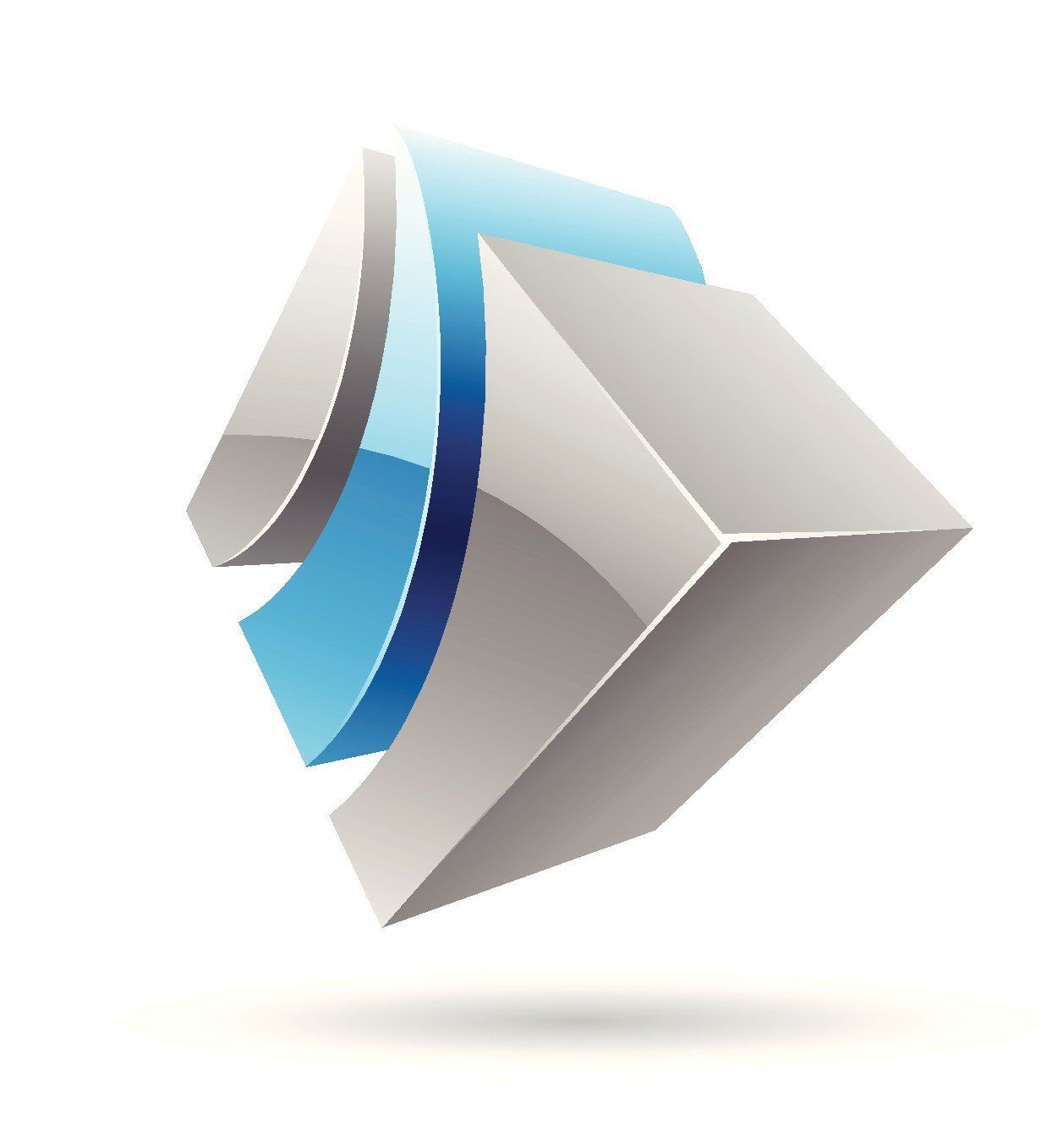Headaches and Migraines
What are the main kinds of headaches and migraines?
- Migraine, and migraine with aura;
- Tension-type headaches (TTH);
- Trigeminal autonomic cephalalgia (TACs); and
- Other primary headache disorders (e.g. there is a headache that is reported now that is associated with wearing a PPE, 4.6.1 External-compression headache)
Migraines
Migraines with aura
Migraines can be experienced with, or without, “aura”. Aura is a visual disturbance associated with the migraine. When experiencing a migraine with aura, and usually before the actual headache starts, there will be between five minutes and an hour of some kind of visual disturbance, some kind of sensory deficit, or some sort of numbness just before the headache comes. Some people even experience temporary blindness. These can obviously be quite debilitating. Migraine is one of the most burdensome diseases in the under 50s especially amongst females.
Tension headaches
Tension-type headaches are probably the most common type. They can last for longer periods of time and they are traditionally of mild to moderate pain. This kind of headache is usually uncomfortable, but not debilitating. Usually someone with a tension-type headache can get on with day to day life, whereas a migraine will tend to flatten somebody and they'll have to make changes to what they are doing while the migraine is ongoing.
Tension-type headaches can be bilateral. It is often experienced as a tightening, so you can often feel it in the occipital regions, into the temple area, into the parietals and it can be like a pressure type/band tightening headache. With the recent rise in working from home, more people are suffering from these due to poor position, heads getting off midline, and generating tension in the upper cervical spine. Stress is another factor, so external circumstances are leading to people getting tighter.
TACs (Trigeminal autonomic cephalalgia)
The third group of headaches are the TACs, which can be quite nasty headaches. The best-known TAC is something called a cluster headache. Cluster headaches are nicknamed “suicide headaches” because the pain can be so bad. They can come in clusters so people can either get a number of headaches for short duration over a course of a day, or many days. Sometimes they can last a bit longer (e.g. one per day but they are very, very painful).
Some can cause acute pain into the eye, where there will be watering of the eye. With an impact on the autonomic system, there is usually some tearing, redness in the eye, and other symptoms. These can be very painful headaches and very difficult to diagnose and treat.
Other
There are a number of other headache types - helpfully grouped by the ICHD-3 into a category called “other”. These include headaches associated with wearing PPE (wearing face masks and face protector), and ice cream headaches, which can give somebody a terrible pain. These too are classified as headaches.
Self-Help
The symptoms of some headaches and migraines can be improved by certain lifestyle adjustments. To find out more, see our Headache and Migraine Self Help page.


